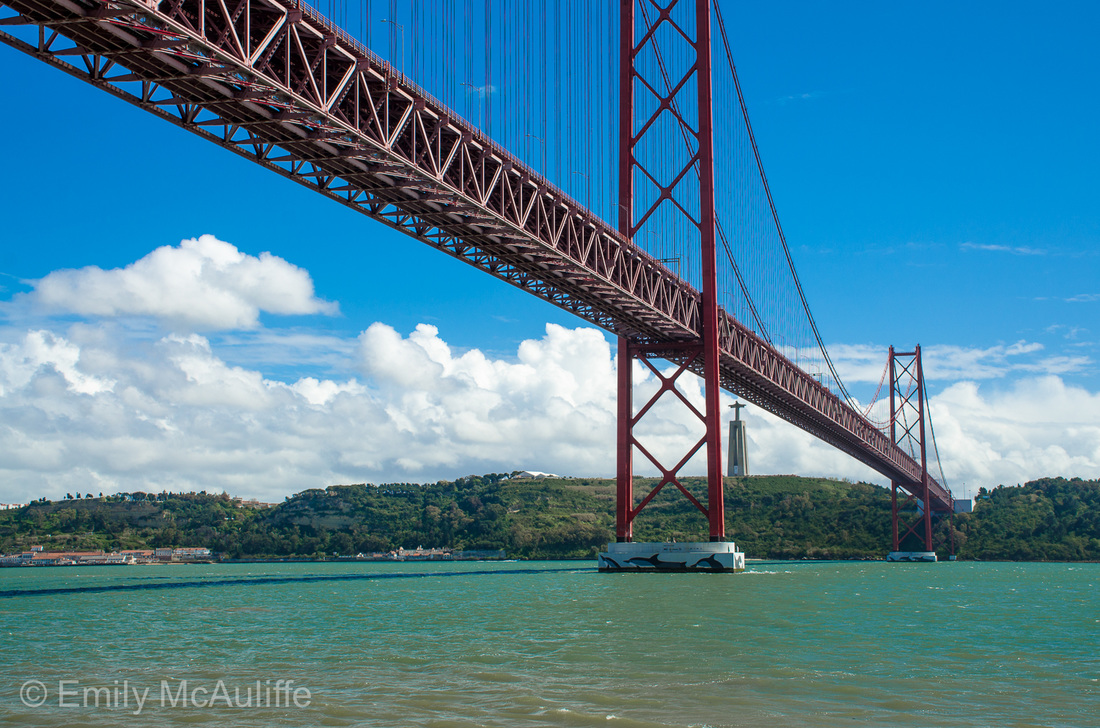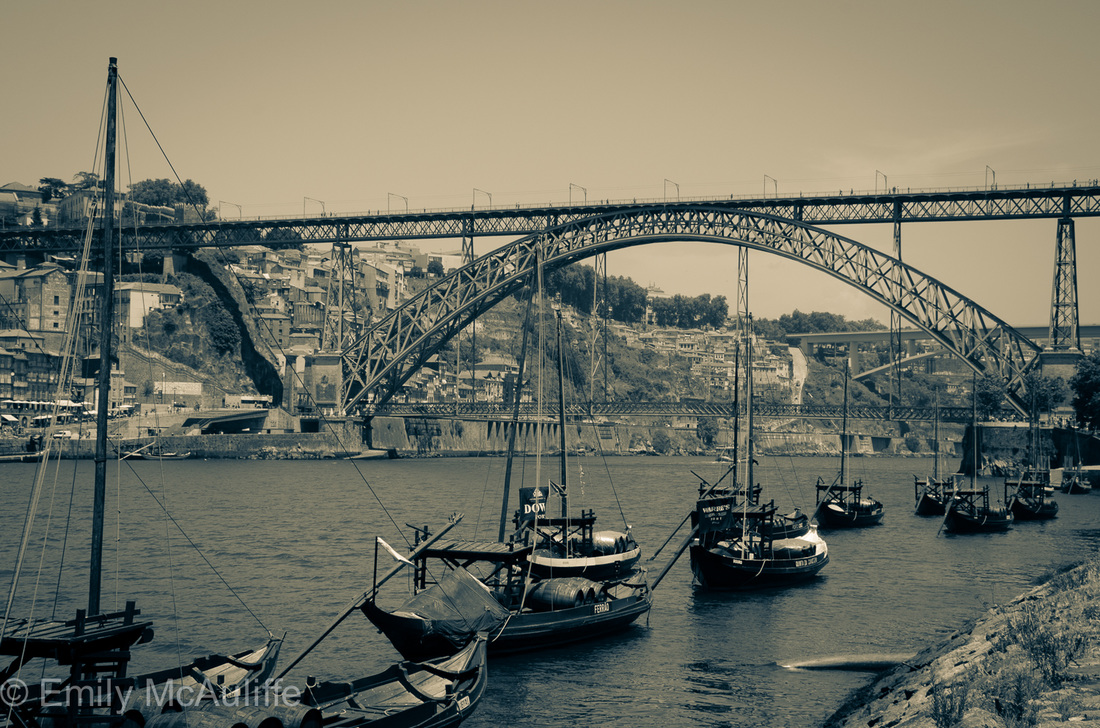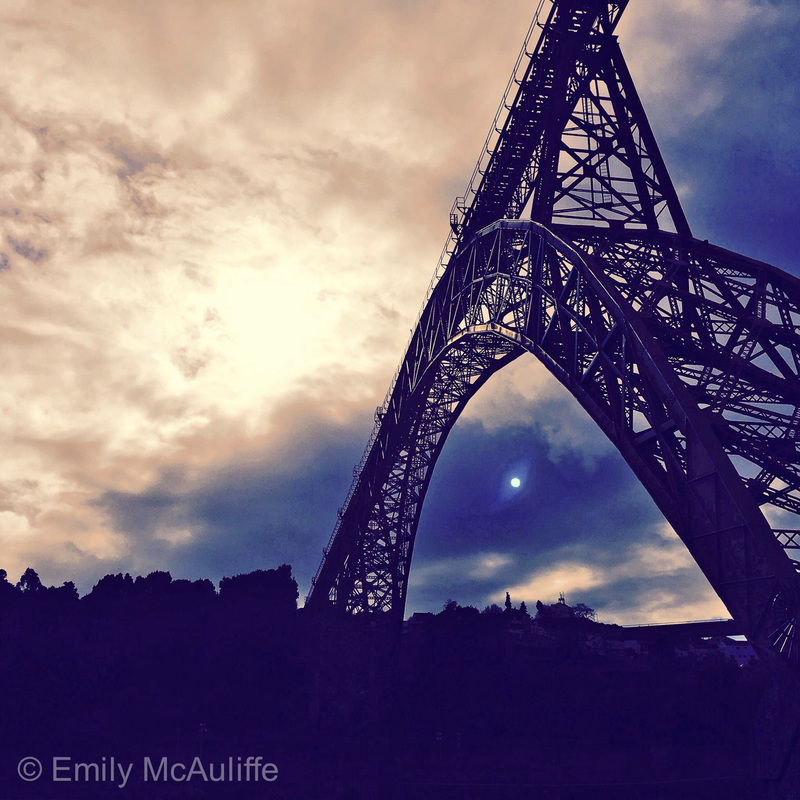- Blog
- About
- Articles
-
Places to visit
- Afife
- Águeda
- Albufeira
- Aljezur
- Almourol
- Alvor
- Amarante
- Arrifana
- Aveiro
- Azenhas do Mar
- Berlenga Grande Island
- Braga
- Caminha
- Cascais
- Castelo Branco
- Coimbra
- Condeixa-a-Nova
- Covilhã
- Douro Valley
- Ericeira
- Espinho
- Évora
- Fátima
- Figueira
- Figueira da Foz
- Funchal, Madeira
- Gondomar
- Guimarães
- Lagoa Comprida
- Lagos
- Leça da Palmeira – Vila do Conde
- Leiria
- Lindoso
- Lisbon
- Loriga
- Manteigas
- Marvão
- Miramar
- Monção
- Monsanto
- Montemor-o-Velho
- Nazaré
- Óbidos
- Peneda-Gerês National Park
- Peniche
- Piódão
- Ponta Delgada, São Miguel Island (Azores)
- Ponte da Barca
- Ponte de Lima
- Portimão
- Porto
- Praia da Costa Nova
- Praia da Ribeira do Cavalo
- Praia da Rocha (Portimão)
- Praia de São Julião
- Rota Vicentina
- Sagres
- Sandomil
- Santa Maria da Feira
- Seia
- Serra da Estrela
- Sesimbra
- Sintra
- Sintra-Cascais Natural Park
- Soajo
- Tomar
- Valença
- Valongo
- Viana do Castelo
- Videos
- Facts
- Press
- Contact
|
Since arriving in Portugal I’ve been fascinated by the country’s bridges, which appear to have been built with a ‘go big or go home’ attitude and could make even the slightest acrophobia sufferer recoil in fear. Hence, I thought I’d look into four notable cross-river engineering feats in the major cities of Lisbon and Porto. In its usual surprising way, Portugal has a few world firsts up its sleeve, as well as some interesting links to other internationally recognised structures … and a roller skating royal.
25 April Bridge (Lisbon)
I mentioned the 25 April Bridge (Ponte 25 de Abril in Portuguese, where ponte = bridge) in my last post about the Carnation Revolution, so I’ll start here. From that post, you’ll also know this bridge was formerly called the Salazar Bridge. The 25 April suspension bridge stretches 2.3 kilometres over Lisbon’s Tagus River (Rio Tejo in Portuguese, where rio = river) and was inaugurated six months ahead of schedule in August 1966. At first glance it could be mistaken for San Francisco’s Golden Gate Bridge, and while the American company that built the 25 April Bridge also constructed the San Francisco–Oakland Bay Bridge, the company wasn’t responsible for the Golden Gate. The inspiration is obvious however and keeps with Lisbon and San Fran’s twinning tendencies with their look-alike bridges, look-alike cable cars and look-alike hills. (No wild sea lions in Lisbon though, sorry.) The 25 April Bridge was expanded from four to six lanes in 1995 and a train line was added in 1999. Vasco da Gama Bridge (Lisbon) At 17.2 kilometres, the Vasco da Gama was the longest bridge in Europe when it opened in 1998 (the bridge connecting Denmark and Sweden bumped it from the top spot) and was built on a tight schedule to open in time for the ‘98 World Expo. Given Portugal is located in an area of high seismic activity, the Vasco da Gama was reportedly designed to withstand an earthquake four times the intensity of the 1755 earthquake I mentioned in my post A quick overview of Portugal’s economy and can handle winds up to 250 kilometres per hour. The bridge is named after Portuguese explorer Vasco da Gama, who discovered the sea route from Europe to India. As a point of comparison on the length, Australia's famous Sydney Harbour Bridge is 1.1 kilometres long. Dom Luís I Bridge (Porto) While the 25 April Bridge resembles San Fran’s Golden Gate, Porto’s Dom Luís I Bridge (or Ponte de Dom Luís I, named after King Luís I of Portugal), draws striking parallels to Paris’s Eiffel Tower; so much so, there’s a common misconception the bridge was designed by Gustave Eiffel. Close, but not quite. Dom Luís I was built by one of Eiffel’s colleagues, Téophile Seyrig, however, the man himself is responsible for the next bridge down, the Dona Maria Pia (see next point). When the Dom Luís I was completed in 1886 it was the longest iron arch bridge in the world. It was constructed to replace the less sturdy Ponte das Barcas, which collapsed under the weight of a pedestrian stampede in 1809 during an invasion by Napoleon, killing around 5000 people. Now the Ponte Luís I is one of Porto’s most recognisable landmarks, connecting the city to Vila Nova de Gaia (where all that liquid gold port is tucked away). Cars use the lower level, trams cross the upper level, and pedestrians can walk across both (with an awesome view of the river from the top). Dona Maria Pia Bridge (Porto) Gustave Eiffel constructed the Ponte Dona Maria in 1877 before building the Eiffel Tower, and it was the longest single-arch bridge in the world before Dom Luís I came along. Eiffel used the structurally challenging arched design to work around the Douro River’s deep, fast-flowing water and gravel riverbed, which made river piers impractical. The bridge was named after King Luís I of Portugal’s wife, Maria Pia, who, interestingly, is believed to have owned the first pair of roller skates in Portugal and purportedly enjoyed scooting down the royal hallways. In its glory days the Maria Pia Bridge supported the railway to Lisbon but was decommissioned and replaced by St John’s Bridge in 1999. The Maria Pia was only certified as being structurally sound for the best part of a century and hence its time was up. In 2013 a proposal was put forward to relocate the dormant bridge to Porto’s city centre as a monument, however the plan was rejected.
6 Comments
Emily McAuliffe
17/6/2016 10:43:43 am
Ah yes! I haven't seen any yet. Will have to go looking for them one day :)
Reply
haha we were just arguing at other day at work if there is another bridge which looks like the Golden Gate. My colleague said that there is no other bridge which looks like Golden Bridge because the others aren't at the sea side. Thank you so much for that - will show him your blog. Anyways interesting stuff and I was surprised that one bridge collapsed. Although this is a long time ago it must had been horrible.
Reply
Emily McAuliffe
24/11/2016 10:39:38 am
Haha - glad I could be of assistance!
Reply
28/9/2019 10:12:10 pm
Very interesting Post. Especially the comparison with the GG Bridge in San Francisco. Out of curiosity I looked up the tolls for both bridges. The 28th has a charge of $1.75 EUR. The Golden Gate has a charge of $7.00 USD about $6.40 EUR!
Reply
Leave a Reply. |
AboutThe Portugal Wire is the blog of Australian travel writer, copywriter and photographer Emily McAuliffe. Previous postsThings you might not know about Portugal A brief history of Portugal Who was the first person to sail around the world? (Hint: he was Portuguese ... and then he wasn't) A quick overview of Portugal's economy 25 April: a shared day in history for Australia and Portugal Portugal's bridges: go big or go home Portugal and Spain: same same but different? Interesting facts about Porto Traditional Portuguese food: what to eat and drink in Portugal Who are they? Famous names on the streets of Portugal Interesting facts about Lisbon Uncovering Porto's secret gardens Lonely Planet Instagram takeover: sharing some of my favourite hidden spots in Portugal In the news... my feature in Portugal's national newspaper Diário de Notícias On board the Presidential train in Portugal's Douro Valley When the lion mauled the eagle (Porto) Kicking design goals: Cristiano Ronaldo & Pestana's CR7 hotels Lovely Lisbon: my top picks of where to eat, drink, visit and stay in Portugal's capital city Porto street art: fighting the good fight The best places to visit in Lisbon: 5 of my favourite neighbourhoods Big waves in Nazaré: my favourite beach town in Portugal Best things to do in Porto Portuguese wine: yes, the wines of Portugal extend far beyond port Portuguese architecture Part I: Manueline style Portuguese architecture Part II: Pombaline style When is the best time to visit Portugal? Food to try in Porto: northern Portuguese cuisine explained Filigree designs: the beauty behind traditional Portuguese jewellery Archive
December 2019
Categories
All
|
THE PORTUGAL WIRE
Emily McAuliffe
- Blog
- About
- Articles
-
Places to visit
- Afife
- Águeda
- Albufeira
- Aljezur
- Almourol
- Alvor
- Amarante
- Arrifana
- Aveiro
- Azenhas do Mar
- Berlenga Grande Island
- Braga
- Caminha
- Cascais
- Castelo Branco
- Coimbra
- Condeixa-a-Nova
- Covilhã
- Douro Valley
- Ericeira
- Espinho
- Évora
- Fátima
- Figueira
- Figueira da Foz
- Funchal, Madeira
- Gondomar
- Guimarães
- Lagoa Comprida
- Lagos
- Leça da Palmeira – Vila do Conde
- Leiria
- Lindoso
- Lisbon
- Loriga
- Manteigas
- Marvão
- Miramar
- Monção
- Monsanto
- Montemor-o-Velho
- Nazaré
- Óbidos
- Peneda-Gerês National Park
- Peniche
- Piódão
- Ponta Delgada, São Miguel Island (Azores)
- Ponte da Barca
- Ponte de Lima
- Portimão
- Porto
- Praia da Costa Nova
- Praia da Ribeira do Cavalo
- Praia da Rocha (Portimão)
- Praia de São Julião
- Rota Vicentina
- Sagres
- Sandomil
- Santa Maria da Feira
- Seia
- Serra da Estrela
- Sesimbra
- Sintra
- Sintra-Cascais Natural Park
- Soajo
- Tomar
- Valença
- Valongo
- Viana do Castelo
- Videos
- Facts
- Press
- Contact





 RSS Feed
RSS Feed